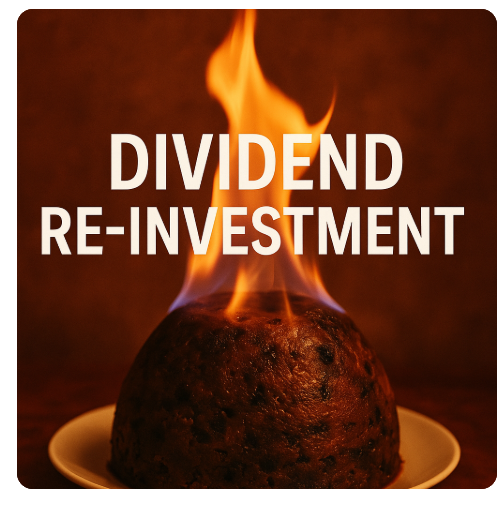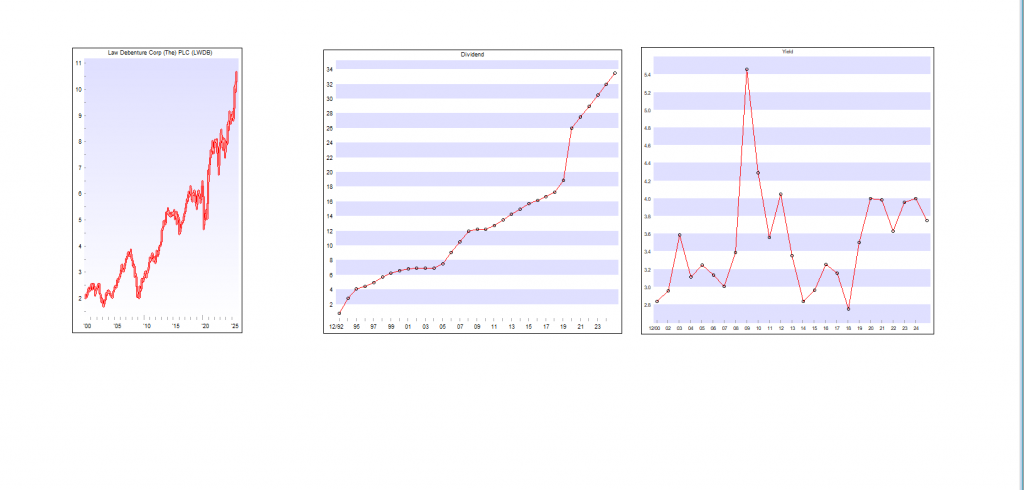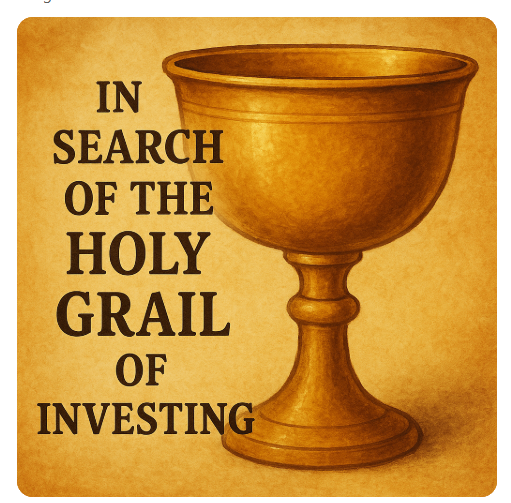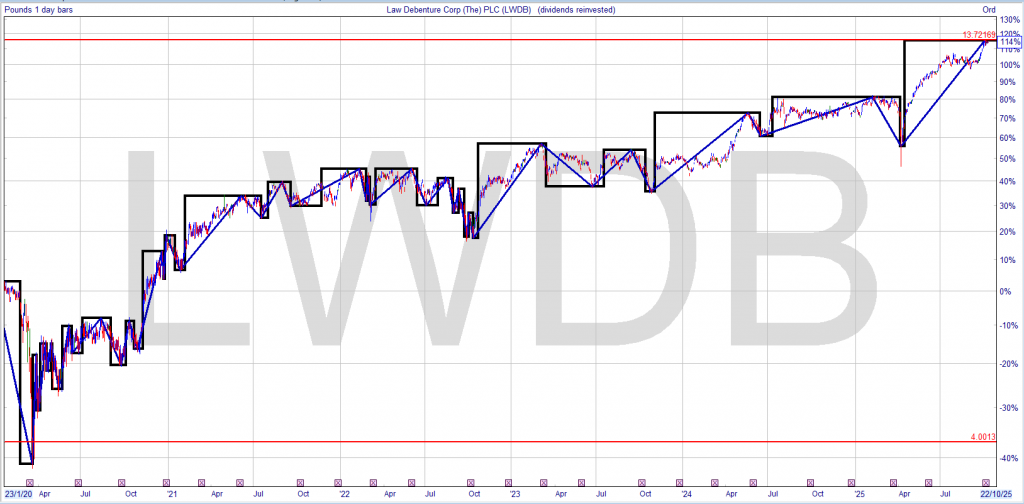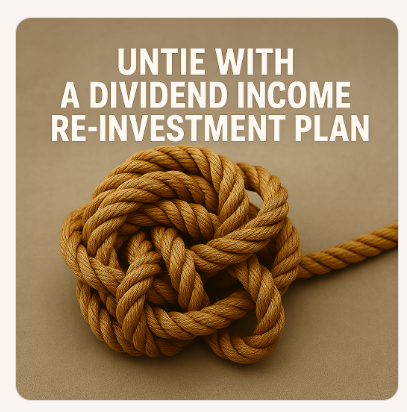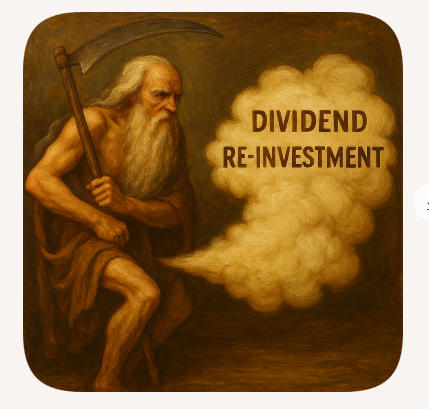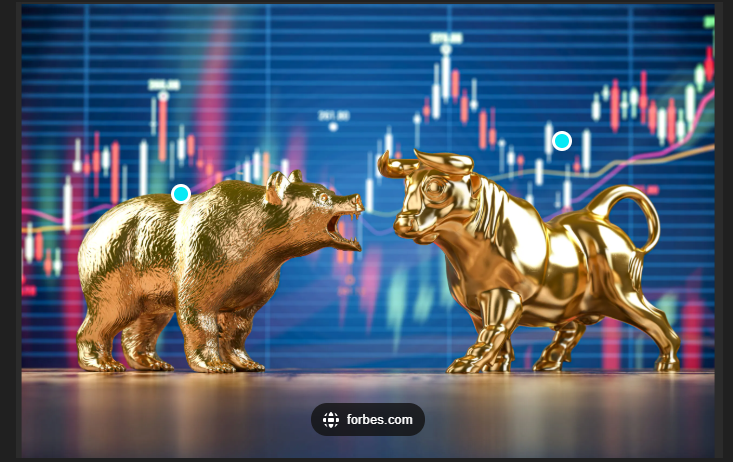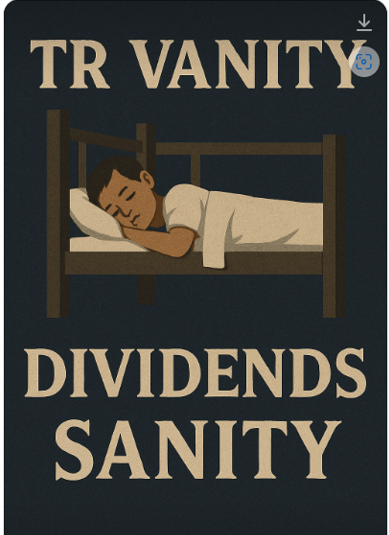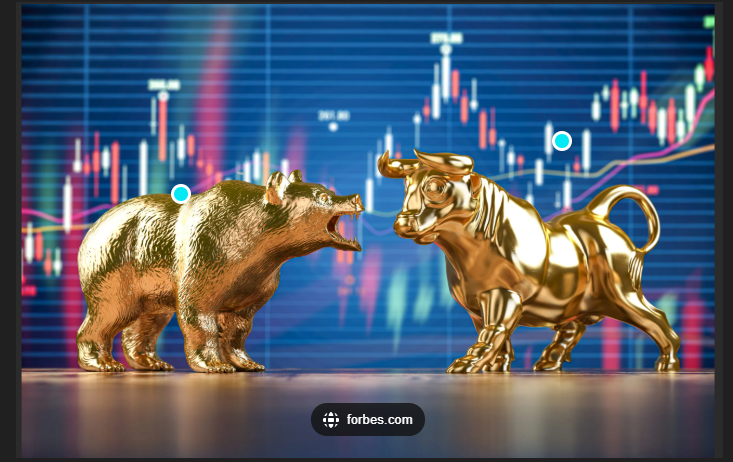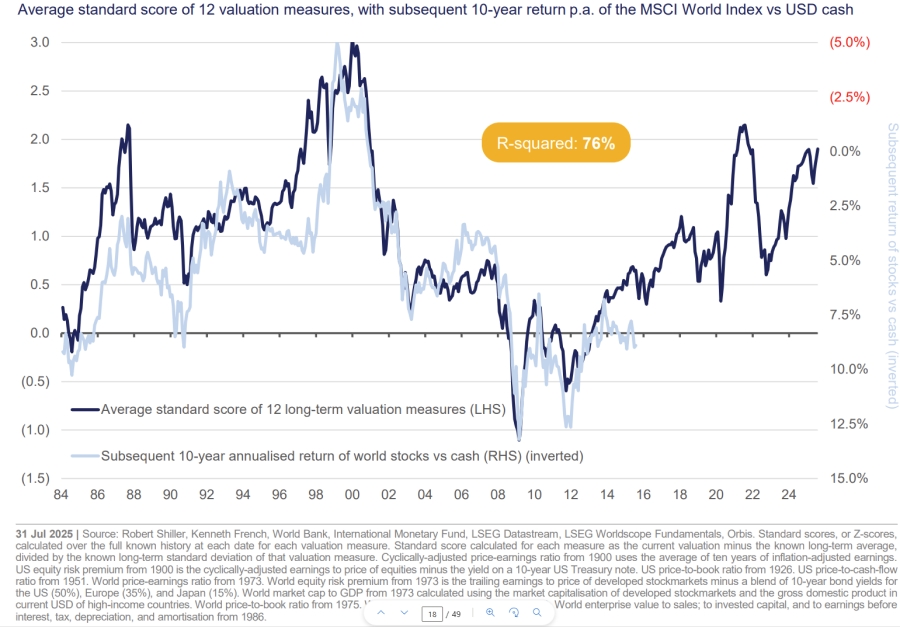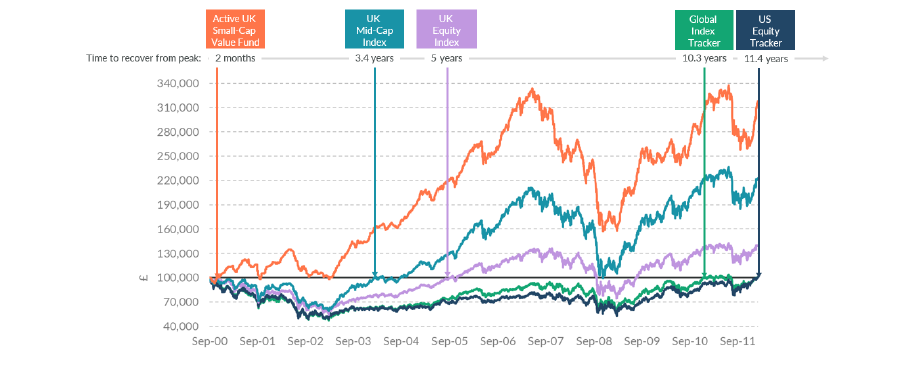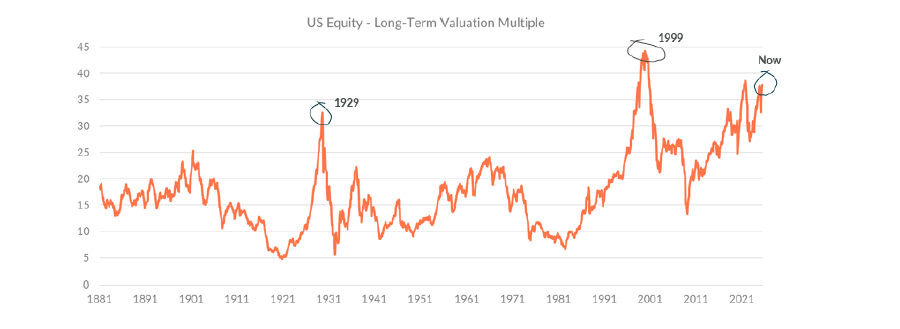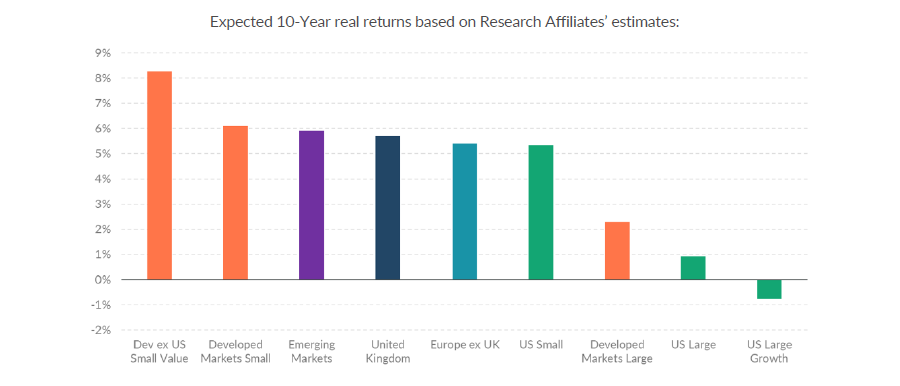£1,000 buys 1,259 shares in this dividend stock with a 7.75% yield
When stocks have high dividend yields, it’s worth trying to figure out why. So what’s worrying investors about Supermarket Income REIT?
Posted by
Stephen Wright
Motley Fool
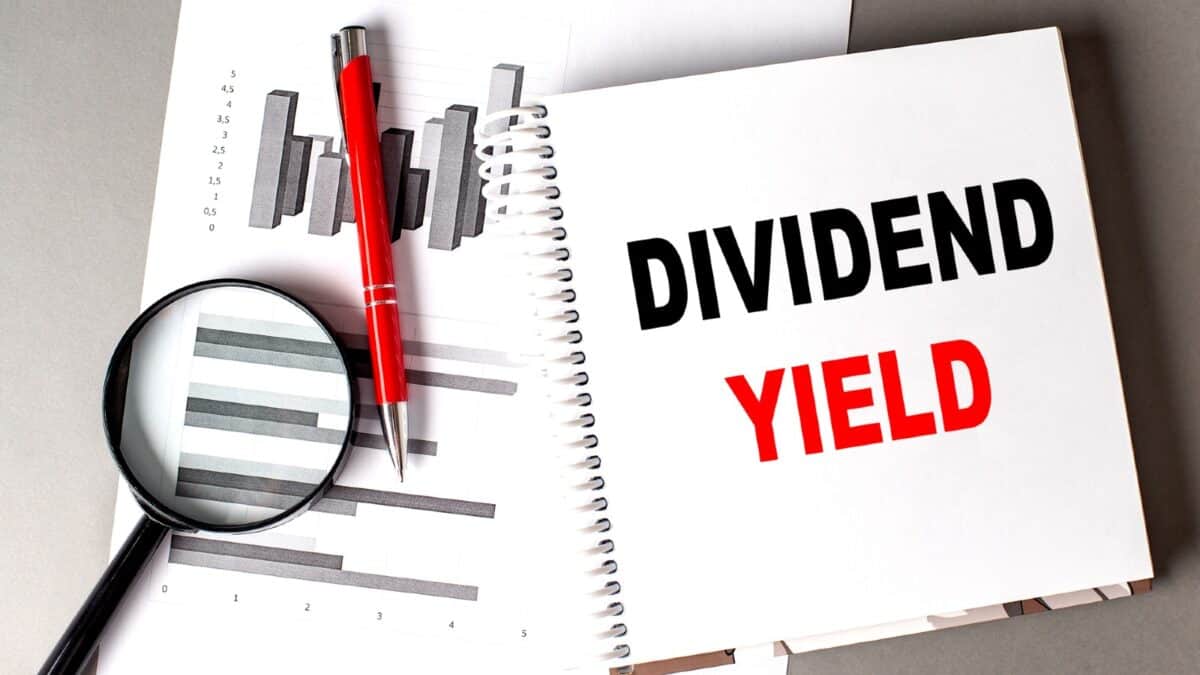
When investing, your capital is at risk. The value of your investments can go down as well as up and you may get back less than you put in.
The content of this article is provided for information purposes only and is not intended to be, nor does it constitute, any form of personal advice. Investments in a currency other than sterling are exposed to currency exchange risk. Currency exchange rates are constantly changing, which may affect the value of the investment in sterling terms. You could lose money in sterling even if the stock price rises in the currency of origin. Stocks listed on overseas exchanges may be subject to additional dealing and exchange rate charges, and may have other tax implications, and may not provide the same, or any, regulatory protection as in the UK.
Supermarket Income REIT (LSE:SUPR) has a 7.75% dividend yield. That means a £1,000 investment is set to return £77 in cash in the next 12 months.
A high dividend yield and a share price below £1 make the stock look cheap and there’s a lot to like about the business. But can passive income investors do better?
Should you buy Supermarket Income REIT plc shares today?
Please note that tax treatment depends on the individual circumstances of each client and may be subject to change in future. The content in this article is provided for information purposes only. It is not intended to be, neither does it constitute, any form of tax advice.
First impressions
A high dividend yield can mean investors are concerned about something. But at first sight, it’s not easy to see what that might be in the case of Supermarket Income REIT.
The firm has a fully occupied portfolio of 73 properties with all the major supermarkets as tenants. This has led to reliable rent collection in recent years.
With the average lease having over 10 years to expiry, it’s likely to stay that way for some time. And for investors worried about inflation, uplifts are built into most of its contracts.
There’s always uncertainty, but a 7.75% return from a durable source of passive income looks like a nice opportunity. But a closer examination reveals what investors might be concerned about.
Debt
Those long leases definitely help remove a lot of uncertainty, but there’s also a downside to them. It means Supermarket Income REIT has limited scope to increase rents above inflation.
By contrast, the firm’s loans have an average time to maturity of less than four years and it’s likely to have to refinance its debts when they come due. There’s a real risk this could involve higher interest payments. But with tenancies still having years to run, Supermarket Income REIT might not be able to increase rents to offset this.
With the company’s profits currently below its dividend, higher costs aren’t something the firm needs. And this might be a serious concern over the viability of the dividend.
Growth
Another potential issue is growth. That can be a real challenge for REITs that are required to distribute 90% of their taxable income to shareholders.
That means the firm has to use debt to expand its portfolio. And with initial yields just over 7% compared to a cost of debt that’s just above 5% makes margins relatively tight.
But the company has been working to bring down its costs through a series of organisational changes. And this could also provide a valuable boost to profits.
Risks and rewards
With Supermarket Income REIT, loans that mature before leases expire are a potential risk. And the firm’s cost of debt isn’t far below the rental yields it has been achieving recently.
There is, however, something that could change this quite dramatically. Falling interest rates could boost the value of the company’s portfolio while lowering its debt costs.
That’s been the direction the Bank of England has been heading in recently and I think it could well continue. So a fully-occupied portfolio with reliable tenants means an investor with a spare £1,000 might consider 1,259 shares in Supermarket Income REIT.
